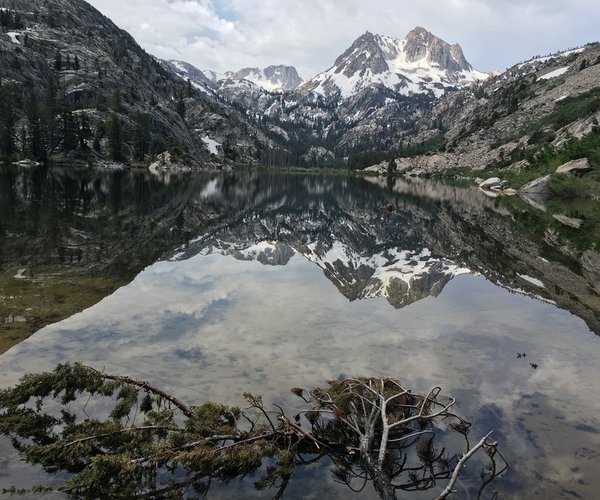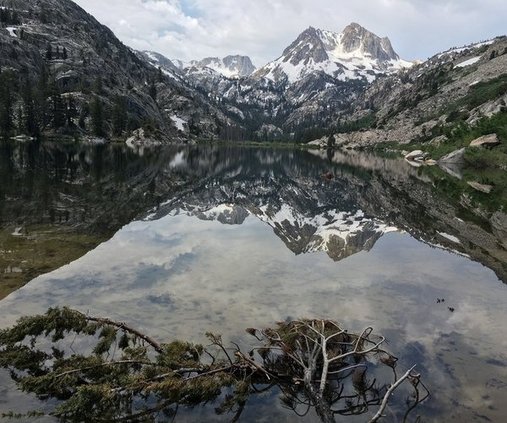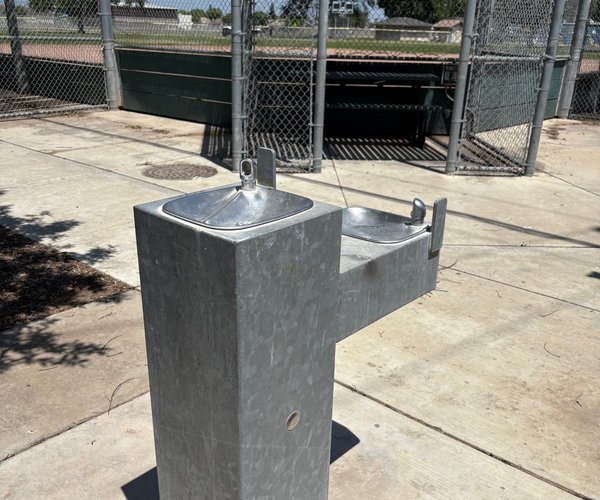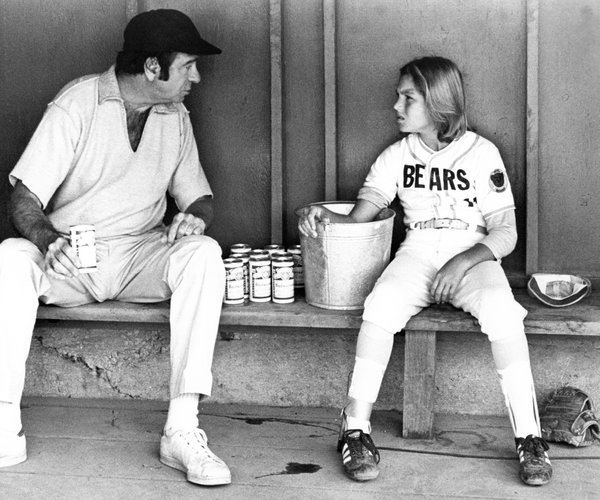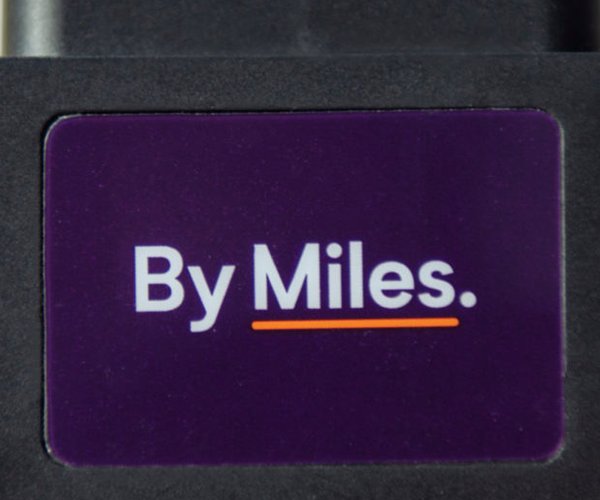I will spend 15 minutes debating whether I really want to depart with $15 to buy six pairs of workout socks.
I’ll wait to buy staples such as veggie burgers until they go on sale. I then stock up on enough to go for a month or so in order to save money.
If I’m contemplating a major purchase like a vehicle I’ll spend months researching and then debating with myself about what I’m willing to pay to get what I want and whether what I want is really worth it and really what I want.
Given all that, I do not understand in a split second how I can decide to spend $500 plus for a work of art.
Fortunately, it is something I’ve done only three times in the last 40 years.
And each time I happened to have more than adequate money aside although I wasn’t exactly — and still am not — what people back in the Stone Age in the early 1960s would call flush.
Nor was money, per se, burning the proverbial hole in my pocket.
And each time I forked over that kind of money, I immediately started asking myself “what the hell am I doing” and started listing in my mind all the more practical things I could spend such cash on.
All of this against the backdrop of being accused by acquaintances of being a minimalist because of my walls being relatively devoid of pictures and having a sparse collection of sentimental knick-knacks that often clutter a typical home.
The most recent impulse buy happened when I went into a store to do a story and walked out with a 52-inch by 42-inch black and white photograph on a canvas-like surface.
The photo was taken with a telephoto lens capturing a pine tree framed Half Dome looming in the background where the Four Mile and Pohono trails meet up on the southern rim above Yosemite Valley.
Keep in mind I have a 980-square-foot house and not a McMansion so such a large print is a bit out of scale for my walls.
Add it to that the fact the iconic Half Dome doesn’t top my list of favorite slabs of granite in Yosemite National Park.
I’ve finally figured out how I got an overwhelming urge to buy it and why my somewhat frugal side did not stand a chance.
One glance at it and my mind pulled up past experiences front and center.
*The incredible views of Yosemite Valley going up the Four Mile Trail.
*The pleasing physical feeling of the 3,200 foot climb.
* The iconic vista.
*And more important, the intense euphoria that I savor every time I reach that spot on the trail as endorphins overwhelm the physical pain of the climb and the grandeur around me calms my heart.
Consciously, the spot doesn’t even make my top 100 vistas I’ve enjoyed on numerous Sierra hikes. But my mind, in an instant, knew this spot — and the investment to get there — is the natural high I need to call on to stay even keel.
The Italian born Canadian artist by the name of Francesco Galle said it best in trying to explain why people are often drawn to art: “If we can take some time to exhale, calm the hell down, and just appreciate life for a moment we might be healthier and happier.”
In this case, the image wasn’t a new place created by strokes of a brush or light captured on film of something I’ve never seen before but one that dug deep into my mental photo album allowing me to “calm the hell down.”
The photograph dominates the room on my house designed to be a living room but used by me as a workout room. It is above an old foam-board mounted Nike poster of triathlete Mike Allen cycling in a race from the 1980s. Below the image with the swoosh Nike logo tucked in the upper left hand corner are the words, “Eat right. Get lots of sleep. Drink plenty of fluids. Go like hell.”
In that context, it isn’t surprising that the other “impulse” buy I still have is a watercolor of an area near Sonora Pass by Ripon artist, former Modesto Junior College art teacher and retired Manteca High instructor Dan Petersen.
Petersen’s composite watercolor of Yosemite Valley is the mural that graces the PG&E office wall next to the American Legion Hall on East Yosemite Avenue in downtown Manteca.
I never cared — and still don’t — for his mural. Mainly it’s because it is a composite that took a lot of liberties.
That said I was enthralled by other Sierra watercolors he had that were on the walls of the city council chambers back when the city showcased the works of various Manteca artists once a month.
I liked them and decided to buy a print. I settled on one particular watercolor of Tuolumne Meadows after weeks of trying to determine what would look best in my apartment at the time.
That’s why most of us supposedly select art to break up barren walls. It is what looks best with our furniture and decor.
After meeting Petersen at his home studio and telling him the print I wanted, he inadvertently pulled out the wrong one which ended up being very right.
As he apologized after unrolling it noting it was not the right print, I had to have it.
I was, at the time, much more into cycling, and not so much hiking.
It was a scene of a stream below the 10,800-foot Leavitt Peak. It is a relative flat stretch before reaching Sonora Pass at 9,620 feet after a 9-mile quad busting climb with grades approaching 27 percent on Highway 108 once you pass Kennedy Meadows.
If you’ve ever cycled and attacked any type of decent sustained grade you will have an inkling what your body and mind feel like after battling such a monster climb and being able to keep cruising when things somewhat level out.
Again, the stretch — while stunning — isn’t on my top 100 list. My memory, though, recalled the exhilaration my body and mind experienced 15 years prior. As such, without giving it even a second thought, I had to have the water coloring I had never seen before.
I get that art means a lot of different things to a lot of different people.
But it is worth to us based on what it does for us. Abstracts and even the work of the Renaissance masters may leave us cold. While they may inspire or delight many, the appeal of art is far from universal in terms of how it is embraced.
Art, as researchers dealing with cognitive memory believe, can reach into memory banks.
As such, it can indeed help keep us sane and even stay with a workout as we get lost staring at the visual imagery.
This column is the opinion of editor, Dennis Wyatt, and does not necessarily represent the opinions of The Bulletin or 209 Multimedia. He can be reached at dwyatt@mantecabulletin.com
